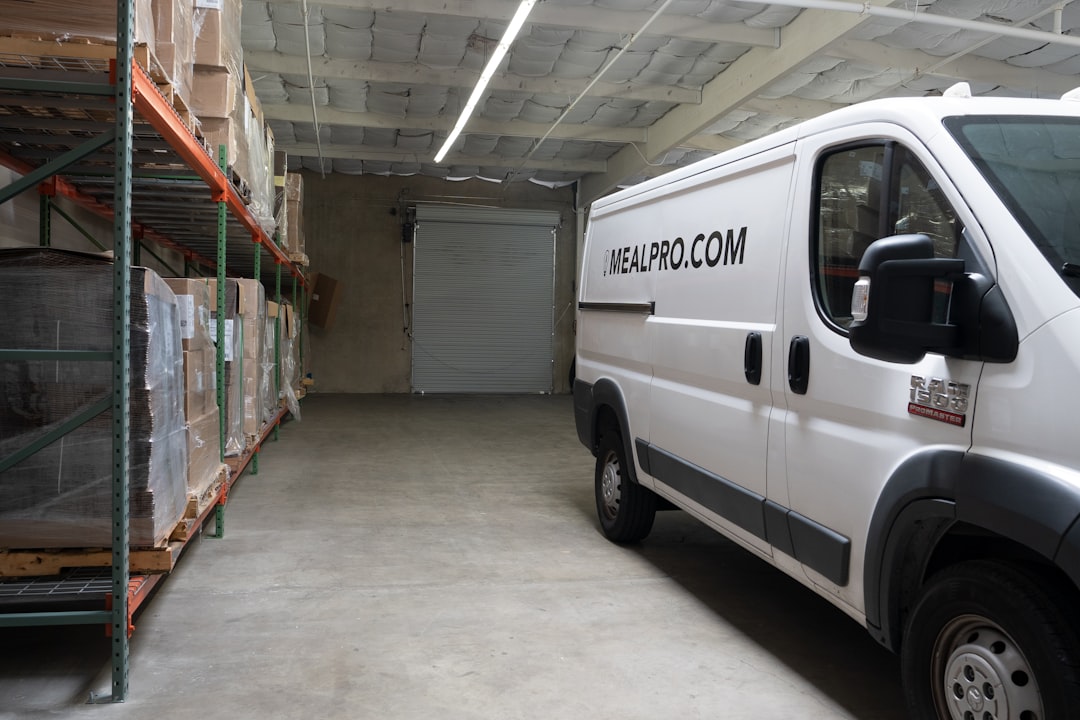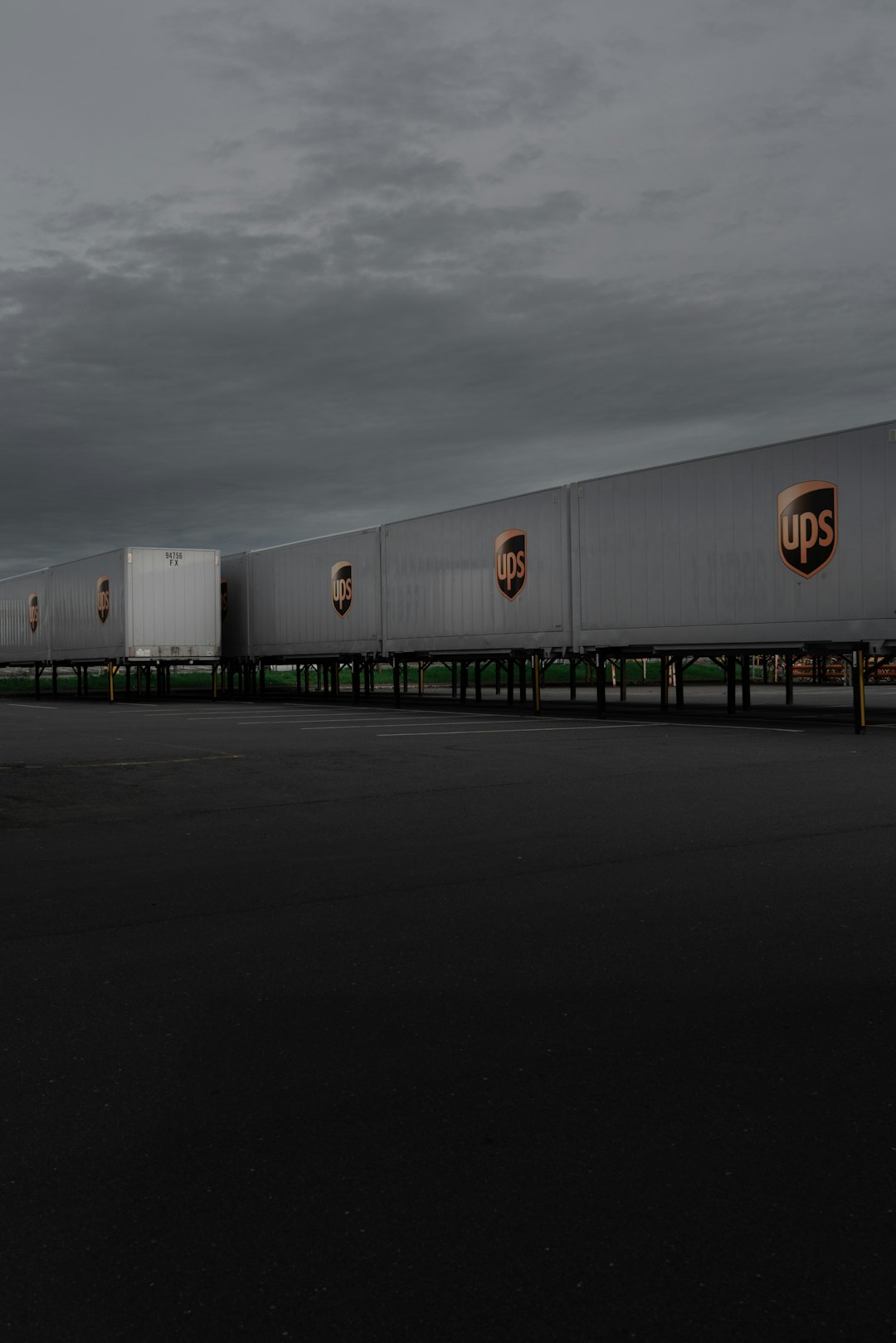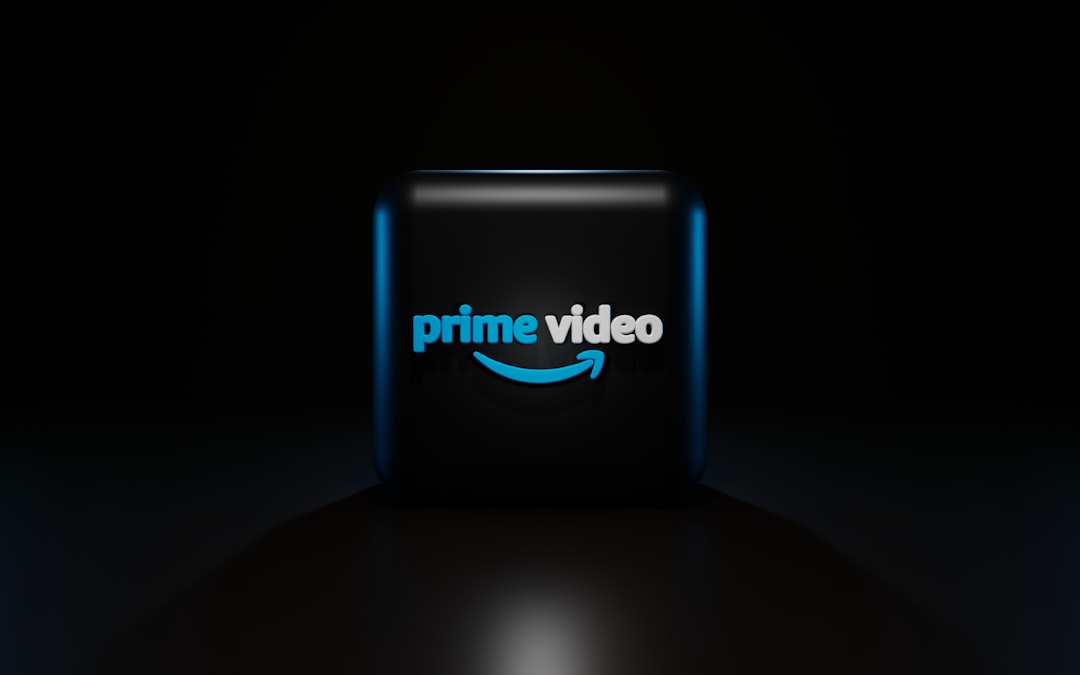Online marketplaces like Amazon have made it easier than ever for brands to reach millions of customers. But with this global reach comes a big problem—counterfeiting. Fakes are everywhere, and for sellers using Amazon’s FBA (Fulfillment by Amazon) program, they can be hard to control. Thankfully, smart brands are fighting back using legal documentation to get Amazon to act quickly.
TLDR:
Brands are tired of fake products sold on Amazon. They’re using legal documents like trademark certificates and court orders to force Amazon to take down knockoffs fast. Filing takedown requests with proof gets better results than simply reporting fakes. Want your counterfeits gone? Show Amazon you mean business—with paperwork.
Why Is Counterfeiting So Common on Amazon FBA?
Before we dive into the legalese, let’s first understand the problem. Many sellers on Amazon aren’t selling original products. They sell cheap copies that look like the real thing. And because Amazon handles the shipping for FBA sellers, customers often don’t know the difference until it’s too late.
Counterfeits:
- Damage a brand’s reputation
- Cause confusion for customers
- Lead to lost revenue
Worse, Amazon is HUGE. The sheer number of products and sellers makes spotting fakes like finding a needle in a haystack. Brands needed a way to stand out and get Amazon’s attention.
Enter Legal Documentation: The VIP Pass for Takedowns
If you’ve ever tried to report a counterfeit to Amazon, you know it’s not always easy. They ask questions. They want proof. They might not even respond.
But something interesting happens when a brand includes legal proof. Things move faster. A lot faster.
Legal documents are like waving a red flag that says, “Hey, we’re serious.” Amazon doesn’t want legal trouble, so they act.
Here are a few types of legal documentation that brands have used:
- Trademark Certificates: Proof that you own your brand name or logo.
- Copyright Registrations: To show ownership of product images, packaging, or descriptions.
- Court Orders: The ultimate power move. If you’ve won a case against counterfeiters, Amazon won’t argue with that.
- Cease and Desist Letters: Legal warnings sent to sellers—and shared with Amazon to show brands are taking action.

Amazon’s Brand Registry: The Secret Weapon
Another game-changer was Amazon Brand Registry. If you haven’t heard of it, here’s the scoop.
Amazon created Brand Registry to help legit brands protect their products. It’s like having a fast lane on the Amazon freeway. Registered brands get special tools to monitor listings, report fakes, and submit takedown requests with ease.
To get into Amazon Brand Registry, you need:
- An active registered trademark (not a pending one)
- Your brand logo
- Proof of how your products are labeled and packaged
- A verified Amazon account
Once inside, you can use tools like:
- Report a Violation: Quickly flag listings that infringe your trademark
- Transparency Codes: Unique codes only you can add to your product packaging
- Project Zero: Gives brands more power to instantly remove fakes without waiting for Amazon’s review
If you’re serious about stopping counterfeits, Brand Registry is a must. Legal docs help you get in—and stay protected.
Case Study: The Yoga Mat Brand That Fought Back
Let’s look at a real-world example—but we’ll keep it fun.
Name: ZenFlex Mats
Problem: Cheap knockoff yoga mats flooded Amazon
Result: A 75% drop in counterfeits within 3 months
ZenFlex had built a big following—and so had the fakes. People were buying poor-quality mats and thinking they were real. Then leaving bad reviews. Ouch.
Here’s what ZenFlex did:
- Filed a trademark with the USPTO and got it approved
- Signed up for Amazon Brand Registry
- Began sending cease and desist letters to knockoff sellers
- Used Brand Registry’s “Report a Violation” tool to tag any listings with their logo but without their permission
- When sellers didn’t respond, they attached legal documentation to each takedown
Amazon took notice. Soon enough, the fake listings disappeared. Sales improved. Reviews got better. Peace returned to the yoga kingdom.

What Can Small Brands Do?
You might be thinking, “This sounds cool, but I’m not Nike.” No worries. This works for small brands too.
Here’s a simple starter plan:
- Step 1: Get a trademark. It’s way more affordable than a lawsuit.
- Step 2: Gather proof. Take photos of your actual products, packaging, and your designs. This might come in handy later.
- Step 3: Sign up for Brand Registry once your trademark is live.
- Step 4: Monitor listings and start reporting fakes using the proper channels.
- Step 5: When reporting, attach your trademark certificate or a cease and desist letter to show Amazon you mean business.
You don’t always need a lawyer. But having one helps, especially if sellers push back.
Why Legal Documents Actually Work
Let’s break it down. Why do legal docs make such a big difference?
Because without them, you’re just “someone complaining.” But with a trademark or court order, you’re suddenly an authority. Amazon is a business, and they’re cautious about liability. If they remove a seller without cause, that seller could sue them. With legal proof on your side, Amazon is much more confident about taking action.
Think of it like this:
| Without Legal Doc | With Legal Doc |
|---|---|
| Slow response Case may be closed with no action Amazon asks for more info |
Fast action Listing removed Sometimes account bans follow |
The Final Word
Fighting counterfeits on Amazon doesn’t have to feel hopeless. With the right steps—and the right legal tools—brands can keep the fakes away and protect their name.
It’s like having armor in a digital battlefield. Your brand deserves that protection.
Quick Recap for Busy Bees:
- Counterfeits are a big issue on FBA
- Trademarks and court orders speed up takedown actions
- Sign up for Amazon Brand Registry ASAP
- Include legal docs every time you report a fake
- Even small brands can win this fight—with paperwork and patience
So next time you spot a knockoff, don’t stress. Lawyer up (a little), grab your docs, and let Amazon know the real deal has arrived.
yehiweb
Related posts
New Articles
How to Create Your Own Jellyfin Server
In the age of digital media, having access to your favorite movies, TV shows, and music—at any time, from anywhere—is…


